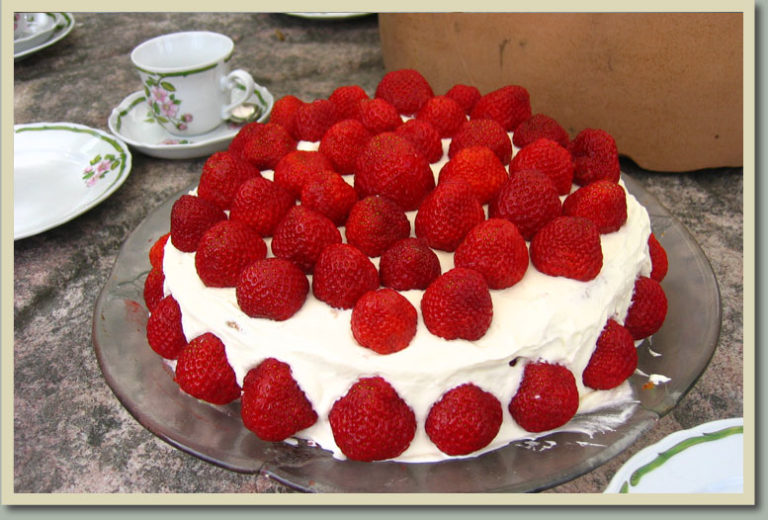

In fact, you will probably be more productive after a fika break. The world can go on without you for a few minutes before you re-engage. Maybe you share your fika with a friend via a Facetime call. In warmer weather, you might prefer iced tea or a smoothie in your favorite tall glass. Imagine the rich aroma of fresh coffee or tea, the comfort of wrapping your hands around a mug warmed by the drink’s heat, the melt-in-your-mouth taste of a butter cookie. Or it can be as simple as just taking a moment away from tasks. Even in a workplace, the point is rest from work and communication with co-workers.įika can be done in a grand way, with the traditional seven kinds of cookies and the host’s good china. At 10:00 and at 2:00, teachers and staff gather to chat, usually not about work. A friend in Sweden reports that the school where she teaches takes two thirty-minute fika breaks each day. From factories to hospitals to schools, employees do fika. Rather fika is a pause in the rush of the day, a few minutes to disengage from workday tasks and to savor some slowed down moments with people whose company you enjoy.įika is ingrained in Swedish culture. This is not the American coffee break of grabbing some caffeine to power through several more hours of work.

The Swedish tradition of fikamight offer an answer.įika is the Swedish practice of stopping work for a coffee break with friends and often a little something to eat. In order to survive the crush in this unusual environment, you need some downtime more than ever. Demands on you escalate to the point where you know you need a break, but don’t dare take one. Many of you are still working from home and juggling additional responsibilities of child care or schooling and household tasks.

Coronavirus has shone a spotlight on workplace productivity.


 0 kommentar(er)
0 kommentar(er)
